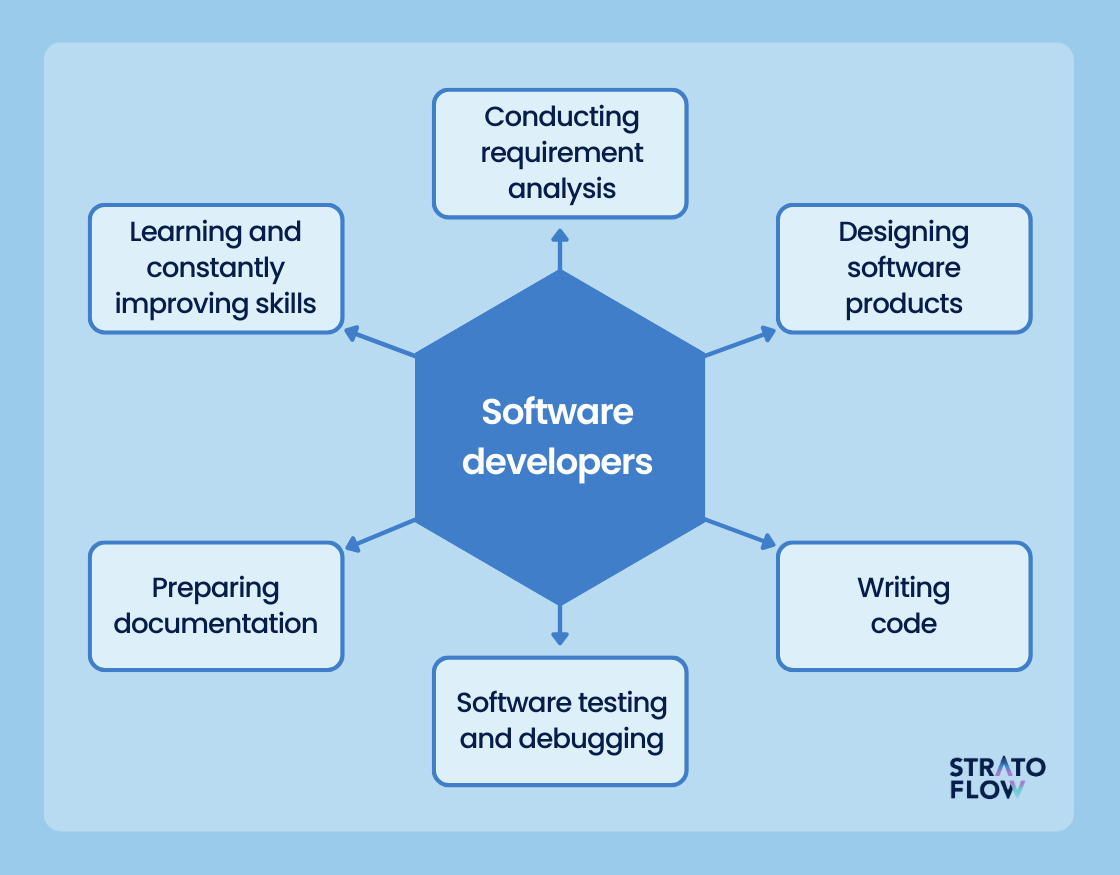Committed Developers vs. In-House Teams: Which Is Right for You?
The decision in between making use of devoted programmers and preserving an internal group is a significant one that can affect the trajectory of your jobs and general service approach. Devoted designers supply a level of adaptability and specific knowledge that can be helpful for details, short-term efforts. Conversely, in-house teams add to a cohesive business culture and a nuanced understanding of long-lasting goals. By analyzing important factors such as spending plan, job extent, and wanted control, you can better determine which approach straightens with your organizational requirements. Nonetheless, the implications of this choice prolong past instant end results-- think about the more comprehensive impact on your business landscape.
Recognizing Committed Designers
The growing demand for specialized skills in the tech industry has resulted in the development of dedicated developers as a viable solution for numerous companies. These professionals are typically acquired on a task basis, enabling business to utilize specific experience without the long-lasting commitment connected with full-time hires. Dedicated developers are commonly ingrained within a customer's group, offering versatility and scalability to satisfy project demands.
This version allows companies to access an international skill swimming pool, which is specifically advantageous in a rapidly developing technical landscape. Committed designers can be sourced from various geographical places, guaranteeing that companies can discover the appropriate ability at competitive prices. They commonly bring a riches of experience and expertise, having actually worked with diverse tasks throughout various markets.
In addition, dedicated developers can concentrate solely on the tasks available, boosting efficiency and efficiency. They are equipped to integrate perfectly into existing process, collaborating closely with in-house teams to achieve project purposes. This technique not only lowers the worry of employment and training yet likewise allows companies to continue to be agile, adjusting promptly to changing market demands and technological innovations.
Benefits of In-House Teams

Additionally, internal teams tend to have a much deeper understanding of the firm's mission, values, and objectives. This positioning can enhance staff member involvement and motivation, as group members really feel extra connected to their work and the organization's success. Additionally, having a committed internal group enables for better alignment of objectives and methods, as these participants are constantly concentrated on the company's concerns.
Internal teams likewise help with quicker decision-making procedures, as they can react much more quickly to difficulties and adjustments. The recognized relationships and familiarity with company methods permit streamlined workflows and lowered miscommunication. Eventually, the mix of a cohesive society, alignment with business goals, and efficient communication makes in-house groups a valuable asset for numerous companies, specifically those wanting to grow long-term growth and technology.
Cost Considerations
When reviewing expense considerations, both specialized designers and internal groups existing distinct economic ramifications for organizations. Engaging dedicated programmers usually entails a pay-per-project or hourly rate design, which can be cost-effective for businesses with varying job needs. This approach enables for adaptability in scaling sources up or down, making sure that firms only spend for the solutions they need.
In contrast, internal teams require dealt with costs, including incomes, advantages, and overhead expenditures such as office and tools. While this version offers greater control and instant schedule of resources, it may result in greater long-term expenditures, especially if the workload does not warrant a permanent team.
In addition, firms ought to take into consideration the hidden costs related to employment and training of internal workers, which can even more stress budget plans. Sometimes, the moment and sources spent on taking care of an internal team can diminish the organization's core service purposes.

Task Monitoring and Adaptability
Project management and flexibility are critical variables that affect the option in between in-house groups and specialized developers. Committed groups commonly have developed procedures for managing jobs successfully, leveraging particular techniques like Agile or Scrum, which facilitate repetitive development and flexibility.

Eventually, the option in between in-house groups and committed programmers pivots on the preferred degree of adaptability and the details job management demands. Business must review their operational dynamics, project complexity, and source accessibility to figure out which option straightens finest with their strategic goals.
Making the Right Selection
Choosing the right advancement approach-- internal teams or specialized developers-- calls for a mindful assessment of different factors that align with a business's critical goals. offshore software development. First, think about the nature of the project. If it requires specialized skills or a fast scale-up, devoted designers may be a visit the site lot more ideal. On the other hand, internal groups can give much better connection and integration with existing personnel.
Next, assess your budget plan. Devoted designers typically provide a cost-efficient remedy for temporary jobs, while internal teams may sustain higher long-lasting costs due to salaries, advantages, and expenses costs. Examine the level of control and cooperation wanted; internal groups normally foster stronger interaction and placement with business culture.
If immediate results are essential, dedicated programmers can be onboarded quickly, whereas developing an in-house team takes time for employment and training. If continuous advancement is important, spending in an internal group might yield far better returns over time.
Verdict
In verdict, the choice between devoted designers and internal teams pivots on job demands and organizational objectives. Conversely, internal groups grow a natural culture and much deeper positioning with long-lasting objectives.
The choice in between making use of devoted developers and preserving an in-house team is a substantial one that can affect the trajectory of your jobs and overall organization windows app development strategy.Task management and flexibility are important factors that influence the option in between internal groups and committed designers. software engineering staffing.In comparison, internal teams might succeed in maintaining a consistent job monitoring framework due to their knowledge with the company's culture and lasting objectives. Dedicated programmers commonly offer a cost-effective remedy for temporary jobs, while in-house groups may sustain higher long-lasting expenses due to salaries, advantages, and overhead costs.In conclusion, the choice between in-house teams and specialized developers hinges on task needs and business purposes